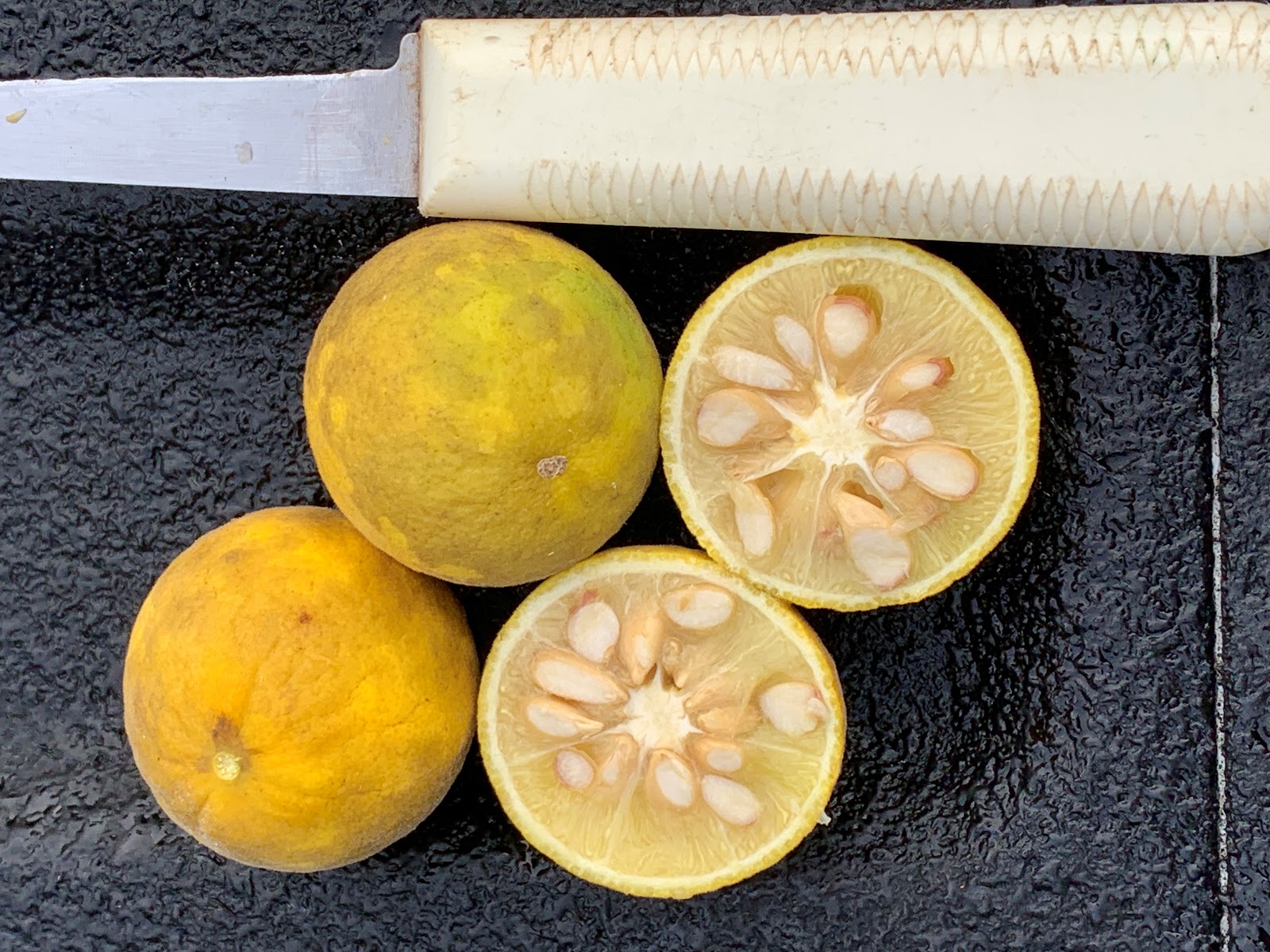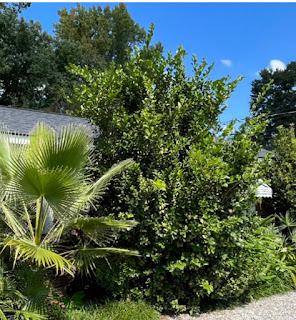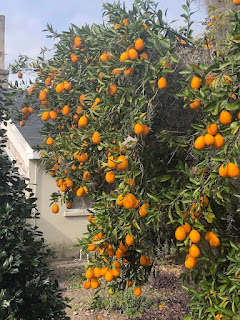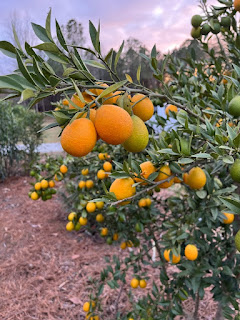Dunstan Citrumelo: Hardy Grapefruit that 'Approaches Edibility'

The citrumelo is an old hybrid that crossed the Trifoliate orange with grapefruit in an early attempt to produce cold-hardy, edible citrus after disastrous freezes in Florida in the late 1890s. The first citrumelos were produced by Dr. Walter T. Swingle of the United States Department of Agriculture. Swingle was successful in producing several citrumelo cultivars. He found that like most 50% hybrids of mainstream citrus (already complex hybrids) with Trifoliate orange (probably a pure species), the Trifoliate characteristics dominated the offspring. This tendency worked to the advantage of retaining cold-hardiness, but was a definite disadvantage when trying to produce a fruit that could be used for anything more than a furniture polish. The citrumelo has proven itself over time to be a very reliable rootstock for grafting, and many citrus today are still grafted on citrumelo, which provides a robust root system and good cold tolerance to the scion. ...








